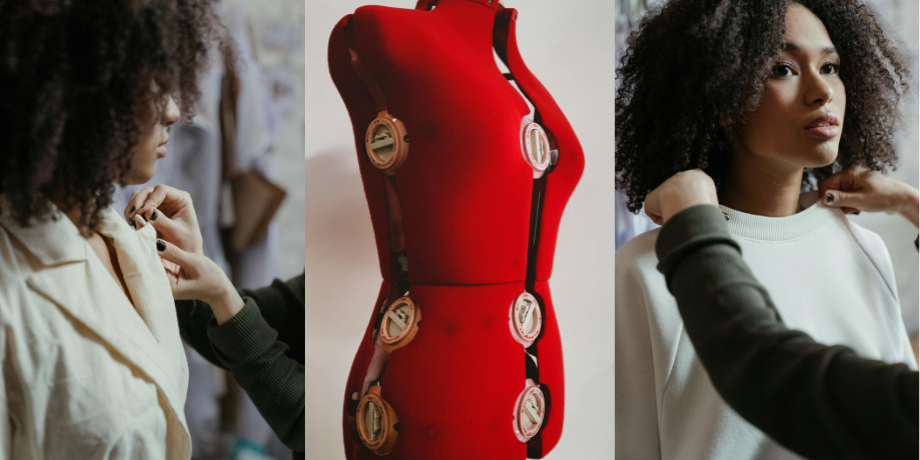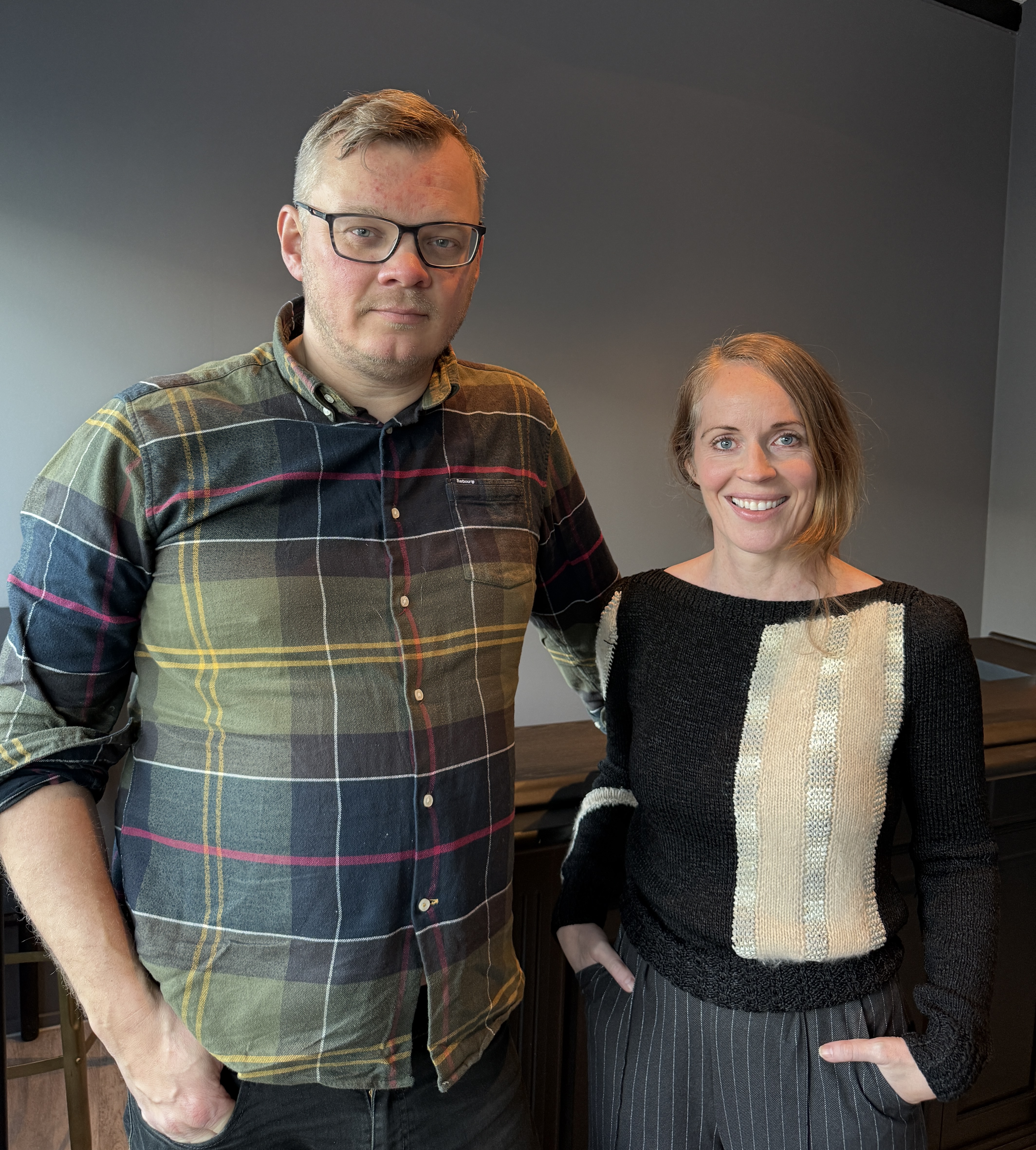Why do the cut and fit of clothing matter?
Why is understanding body structure, or body shape, so important when selecting the cut and fit of clothing for apparel retail customers? The short answer: every piece of clothing fits different people in different ways. Understanding how each item of clothing fits each individual helps shoppers make informed purchase decisions for their unique body structure.
Afterall, we feel our best and are more confident shoppers when our clothes fit right, right?
The cut and fit of a garment have never been more important. As more customers shop online, and buy from a more diverse range of brands across the globe, understanding how each item’s cut “fits” each unique shopper, no matter the individual brand’s size labeling, has become far more challenging. The lack of understanding of cut and fit has had a big impact on shopper confidence online, leading to cart abandonment, size bracketing– the practice of buying multiple sizes of each item and returning what doesn’t fit– and an exponential increase in apparel returns from online shopping.
In fact, poor fit is the #1 cause for apparel returns globally.
What does fit mean in clothing?
Fit is beyond the standardized spectrum of sizes (or, really, not-at-all standardized sizes, since sizing can vary greatly between styles and brands). Fit describes the ease, line, grain, balance and set of a garment’s structure. Fit is how the clothing’s many attributes collectively factor into how it is meant to drape or envelop a particular body structure or shape of the person wearing it.
What’s the difference between cut and fit?
Okay, let’s get into it. How is fit different than cut? Well, the cut of clothing refers to the shape of the garment itself, and how it’s sewn, knitted or otherwise put together. It’s the overall grouping of attributes that go into creating its overall silhouette when worn by the shopper. This includes the collective shape of a garment’s neckline, tapering of a pant leg, darting of a dress at the chest, hip or back, and the circumference, characteristics and embellishments of the sleeves, all of which factor into the clothing’s cut. Buying jeans? Think about the differences between straight boot cut vs. wide leg vs. skinny tapered fit the body.
The cut or structure of clothing determines how it will fit on your body structure.
We are all built differently. As with standardized sizing, people don’t always fit into typical body shape groupings like hourglass, pear, inverted triangle, rectangle or oval shapes, or even ectomorph, mesomorph and endomorph. These body shape groupings don’t truly encapsulate the nuance of the diversity of our body shapes or tailoring needs, and serve to simplify clothing manufacturing, particularly for large retailers.
How to pick the right cut and fit for different body structures
A practical example of understanding cut and fit that can help a shopper while searching for clothing online would be:
Let’s say the shopper feels their best feature is their waist. But they have other areas they feel overshadow or take focus away from their waist. Their garment selection should focus on clothing attributes that accentuate their waist by balancing out the areas that detract from it.
In this example, maybe they also feel they have narrower shoulders and rounder hips. Because of this, they feel their hips draw focus. How can they use cut and fit to ensure their waist is the focal point?
Clothing with shoulder epaulets, shoulder pads, or a straight shoulder yoke, with sleeves, either long or short (i.e. not sleeveless), would work best to broaden a narrower shoulder. This will create a natural V shape that draws attention down to the waist. Likewise, an a-line cut skirt or dress, as well as wider leg pants with a high-cut, tapered waist will have a similar effect, creating a caret (or upside down V), drawing attention up to the waist.
In short, focus on what elements of body structure should be emphasized, and use garment cut and fit to find the clothing and accessory combinations that bring focus to that area (adding a belt will further accentuate the waist).
How does Catecut help shoppers find the right cut and fit for their body structure?
Online, a retail shop that has Catecut’s styling solution embedded in their online store would have characteristics of each item of apparel in their inventory categorized by attribute and overall garment structure. That means when a shopper is browsing their online store, with just a few clicks Catecut recommends to the shopper the clothing that is best for their unique body and style.
This saves shoppers endless scrolling, zeroing in on the clothes that will help them create their best wardrobe. It builds buyer confidence when shopping online and fosters brand loyalty. The better something fits, and makes a person look and feel their best, the less likely they are to return it.
Behind the scenes, we have created proprietary AI models and algorithms that power the Catecut styling solution, trained on the principles of the wardrobe styling profession. This gives our retailers the unique ability to digitally match apparel to their shopper’s figure, increasing customer satisfaction, while giving them actionable insights into their apparel inventory performance, customer needs, and reducing deadstock.
We are all built differently. As with standardized sizing, people don’t always fit into typical body shape groupings like hourglass, pear, inverted triangle, rectangle or oval shapes, or even ectomorph, mesomorph and endomorph. These body shape groupings don’t truly encapsulate the nuance of the diversity of our body shapes or tailoring needs, and serve to simplify clothing manufacturing, particularly for large retailers.
How to pick the right cut and fit for different body structures
A practical example of understanding cut and fit that can help a shopper while searching for clothing online would be:
Let’s say the shopper feels their best feature is their waist. But they have other areas they feel overshadow or take focus away from their waist. Their garment selection should focus on clothing attributes that accentuate their waist by balancing out the areas that detract from it.
In this example, maybe they also feel they have narrower shoulders and rounder hips. Because of this, they feel their hips draw focus. How can they use cut and fit to ensure their waist is the focal point?
Clothing with shoulder epaulets, shoulder pads, or a straight shoulder yoke, with sleeves, either long or short (i.e. not sleeveless), would work best to broaden a narrower shoulder. This will create a natural V shape that draws attention down to the waist. Likewise, an a-line cut skirt or dress, as well as wider leg pants with a high-cut, tapered waist will have a similar effect, creating a caret (or upside down V), drawing attention up to the waist.
In short, focus on what elements of body structure should be emphasized, and use garment cut and fit to find the clothing and accessory combinations that bring focus to that area (adding a belt will further accentuate the waist).
How does Catecut help shoppers find the right cut and fit for their body structure?
Online, a retail shop that has Catecut’s styling solution embedded in their online store would have characteristics of each item of apparel in their inventory categorized by attribute and overall garment structure. That means when a shopper is browsing their online store, with just a few clicks Catecut recommends to the shopper the clothing that is best for their unique body and style.
This saves shoppers endless scrolling, zeroing in on the clothes that will help them create their best wardrobe. It builds buyer confidence when shopping online and fosters brand loyalty. The better something fits, and makes a person look and feel their best, the less likely they are to return it.
Behind the scenes, we have created proprietary AI models and algorithms that power the Catecut styling solution, trained on the principles of the wardrobe styling profession. This gives our retailers the unique ability to digitally match apparel to their shopper’s figure, increasing customer satisfaction, while giving them actionable insights into their apparel inventory performance, customer needs, and reducing deadstock.


